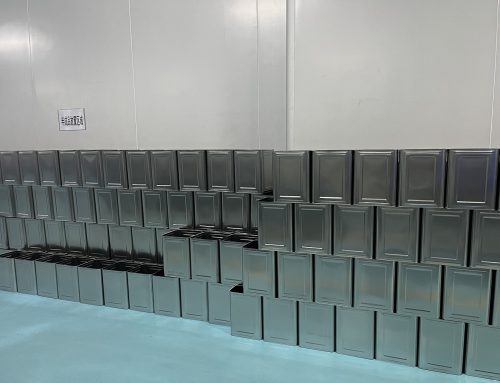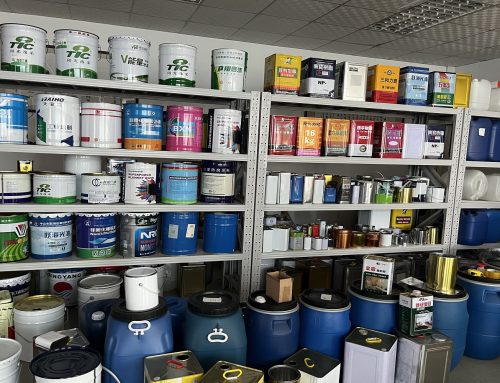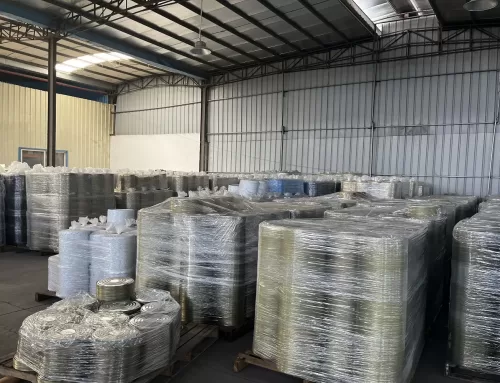If one is working on a manufacturing or processing industry, then they must have seen a can making machine doing what it does best. The machine has been designated for making the cans have different machines all integrated together so as to form a continuous production line. Keep in mind that the production line would begin by splitting the process where the plate gets cut into blanks. The blanks would then be used making the body of the can. After the body has been made, the necking and beading would be done. Lastly, there would be a seaming process which is vital in can production. Can seaming involves the joining of the can to the bottom part and at times for joining the lid with the can body.
Now, the processes for seaming do involve different operations, and for every single step, one has to be careful so that it does not affect the overall shape of the can. There is double and single seaming. The double seaming process involves different layers that are mechanically interlocked together in order to form a seam. Although, the process might seem smooth, there are certain factors which need to be taken into consideration. These are as follows.
- Lifter pressure and the other components.
- The condition of the seaming rolls.
- The nature of the seaming machine.
- The conformity of the can body with its bottom and lid specification.
Defects
Problems might arise when any of the factors has not been checked properly on a regular basis. This results in seam defects which are quite common when making use of a can making machine. Some of these defects cause leaking of the cans which leads to reduction in shelf life or external contamination. Some of the common defects of seaming are as below.
- Long cover hook: This would be when the length of the cover hook actually exceeds the specified specification.
- Long body hook: It is when the body hook has exceeded the required specification.
- False seam: This is just a portion of the seam which is not hooked.
- Knocked down flange: It is a defect which occurs when the cover hook and body do not interlock due to a dent being present.
- Dead head: It is caused when the chuck spinning making the seam is incomplete.
- Cut over: This would normally happen at the top of the seam which is inside and it would be sharp.
- Cover droop: It occurs right at the bottom of the seam just below the double seam. Usually, it is a small projection.
- Cover V: This would be a projection of the seam just below the bottom of the seam that resembles the v-shape. Hence, the name.
There are other defects as well which are common besides just these when using a can making machine during the seaming process. Therefore, make sure that the condition of the machine is maintained and the correct material is used to prevent any of these common defects.

Most Common Can Defects When Using a Can Making Machine




